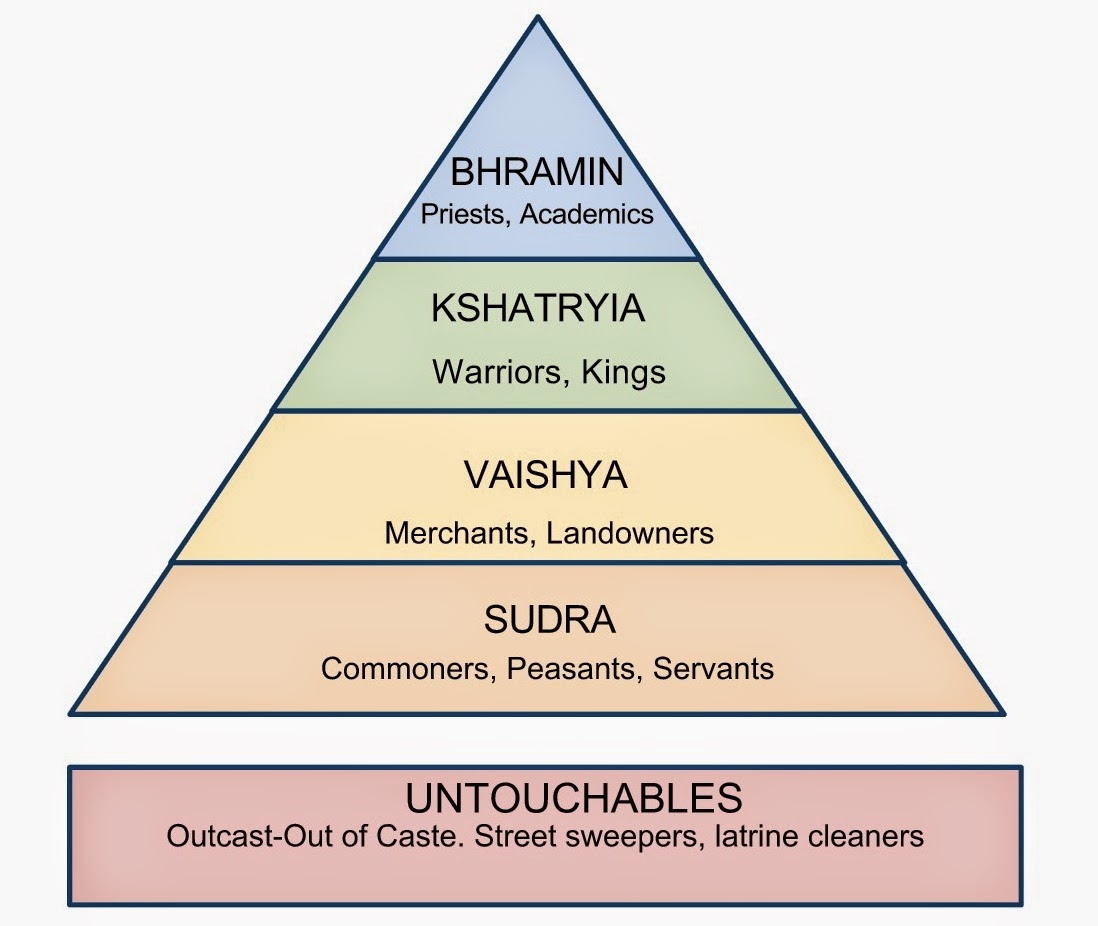Caste Names: Understanding The Diversity And Significance
Caste names hold significant cultural and social importance in many societies, particularly in India. These names not only reflect an individual's heritage but also play a crucial role in social identity and community relationships. In this article, we will explore the various aspects of caste names, their historical context, and their implications in contemporary society.
The caste system, deeply rooted in Indian society, classifies individuals into hierarchical groups based on their profession, social status, and even rituals. Each caste has its unique name, which serves as an identifier and often dictates social interactions, marriage prospects, and even economic opportunities. Understanding caste names is essential for grasping the complexities of social dynamics in India and beyond.
This article will delve into the origins of caste names, the diversity among them, and their relevance in modern times. We will also address the ongoing debates surrounding caste and social stratification, providing a comprehensive view of how caste names influence personal and societal identities.
Table of Contents
- What are Caste Names?
- Historical Context of Caste Names
- Types of Caste Names
- Regional Variations of Caste Names
- Caste Names in Modern Society
- Impact of Globalization on Caste Names
- Conclusion
What are Caste Names?
Caste names are identifiers that categorize individuals into specific social groups within the broader caste system. These names often indicate a person's occupation, social status, or lineage. For instance, common caste names in India include Gupta, Sharma, Patel, and Singh, each of which corresponds to particular social roles or historical backgrounds. Understanding these names is crucial for recognizing the cultural significance they hold within communities.
Historical Context of Caste Names
The origin of caste names dates back thousands of years and is intertwined with India's social and religious history. The caste system was formalized in ancient texts like the Manusmriti, which outlined the duties and responsibilities of various castes. Over time, these classifications evolved, leading to the diverse array of caste names we see today. Each caste name carries with it a rich history and set of traditions, influencing how individuals perceive themselves and interact with others.
Types of Caste Names
There are four primary categories of caste names, each associated with distinct social roles:
Brahmins
Brahmins are often considered the highest caste, traditionally associated with priesthood and scholarly pursuits. Common Brahmin surnames include Mishra, Tripathi, and Bhattacharya, reflecting their roles in religious and academic contexts.
Kshatriyas
Kshatriyas are the warrior and ruling caste, historically responsible for governance and protection. Surnames like Singh, Rajput, and Chauhan are prevalent among this group, highlighting their martial heritage.
Vaishyas
Vaishyas represent the merchant and agricultural class, playing a crucial role in trade and commerce. Surnames such as Gupta, Mehta, and Agarwal are typical of this caste, indicative of their economic contributions.
Shudras
Shudras are the laboring class, tasked with serving the higher castes. Caste names in this category can vary widely, often based on regional occupations and trades.
Regional Variations of Caste Names
Caste names can vary significantly across different regions of India, reflecting local customs and traditions. For example, in Maharashtra, surnames like Patil and Joshi are common, while in Punjab, one might encounter Singh and Kaur. These regional differences illustrate the rich tapestry of cultural identities within the larger framework of the caste system.
Caste Names in Modern Society
In contemporary India, caste names continue to influence various aspects of life, including politics, education, and marriage. While efforts to promote equality and reduce caste-based discrimination have been made, caste identities still play a significant role in social interactions. Many individuals still identify strongly with their caste names, using them as a means of asserting their cultural identity.
Impact of Globalization on Caste Names
Globalization has brought about significant changes in how caste names are perceived and utilized. With increasing urbanization and migration, many individuals are moving away from traditional caste-based identities. However, caste names still carry weight in certain spheres, particularly in marriage and social networks. The ongoing dialogue around caste in the context of globalization raises important questions about identity and belonging in a rapidly changing world.
Conclusion
In summary, caste names are more than mere identifiers; they encapsulate a rich history and cultural significance that shapes individual identities and social dynamics. Understanding the diversity of caste names and their implications is essential for navigating the complexities of contemporary society. We encourage readers to engage with this topic further, share their thoughts, and explore the intricate relationships between caste and identity.
For further reading or to share your experiences related to caste names, feel free to leave a comment below or share this article with your network. Your insights are valuable to the ongoing conversation about identity and social structure.
Thank you for visiting our site, and we hope to see you again soon for more insightful articles!
```
Cristiano Ronaldo's Wife: A Deep Dive Into The Life Of Georgina Rodriguez
James Darren And Wife Today: A Glimpse Into Their Life Together
Batman Movies In Order: A Comprehensive Guide To The Caped Crusader's Cinematic Journey


